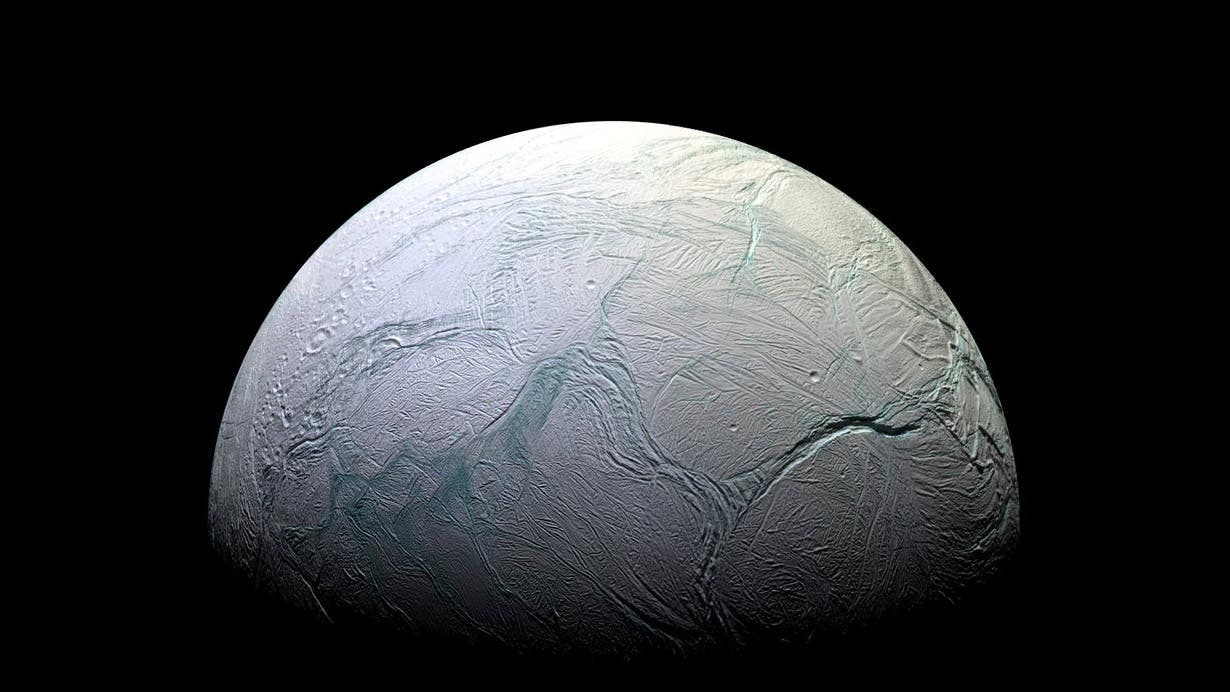RNA-engineered proteins may explain the birth of life on Earth
Researchers reveal a simple chemical route that may explain how RNA first linked with amino acids on early Earth.

A new study uncovers how amino acids could have linked with RNA under early Earth conditions, shedding light on the origin of life. (CREDIT: Alamy)
More than four billion years ago, Earth was a very different place. Pools of water froze and thawed in cycles, minerals shaped reactions, and molecules bumped into each other by chance. Out of this seemingly random chemistry, life somehow emerged.
One of the deepest mysteries has been how proteins, the workhorses of biology, first began to form. Proteins carry out nearly every task in your body, but they can’t make themselves. They need instructions from RNA, a molecular cousin of DNA. This raises a crucial question: how did amino acids, the building blocks of proteins, first get attached to RNA before enzymes and ribosomes existed?
A team of chemists at University College London (UCL) believes they have found part of the answer. Their study, published in Nature, shows a simple but powerful chemical pathway that could explain how RNA and amino acids first came together. By using molecules called thioesters, the researchers demonstrated a plausible way for RNA to carry amino acids in conditions that resemble those on the early Earth.
A Long-Standing Puzzle
Modern cells use highly specialized enzymes to link amino acids to RNA molecules called transfer RNAs (tRNAs). These molecules act as couriers, delivering amino acids to the ribosome, the molecular factory that builds proteins. But early Earth had no enzymes and no ribosomes. That left scientists scratching their heads: how did RNA ever manage to pick up amino acids on its own?
Previous experiments tried to answer this by using very reactive compounds, such as aminoacyl phosphates and imidazoles. These could attach amino acids to RNA, but they quickly fell apart in water or caused amino acids to stick to the wrong parts of RNA. Instead of cleanly attaching to RNA, the reactions got messy, forming random chains of peptides that didn’t make sense for life.
Related Stories
- Phosphorus from space could help explain the origins of life on Earth
- Scientists discover universal rule that governs all life on Earth
The Thioester Breakthrough
The UCL team found that thioesters offered a clever solution. These molecules are energetic enough to make bonds but not so aggressive that they create chaos in water. By preparing amino acids as thioesters, the researchers saw them attach directly and selectively to the part of RNA needed to eventually build proteins. This worked even in plain water at room temperature and neutral pH—conditions that match what scientists believe existed in shallow ponds or icy pools on the early Earth.
What stood out was that the chemistry stopped short of forming long, tangled chains of peptides. The amino acids landed on the RNA exactly where they should, forming aminoacyl-RNA, without going further into uncontrolled peptide formation. In other words, the chemistry provided a built-in pause button, allowing RNA to collect amino acids without rushing into full protein synthesis.
How It Worked in Practice
To get the thioesters in the first place, the researchers started with simple compounds known as aminonitriles, which are thought to have existed on the early Earth. They then reacted these with sulfur-containing molecules such as pantetheine and coenzyme M. The results were surprisingly efficient: in many cases, they got yields of 40 to 60 percent of the aminoacyl-thioesters they were aiming for.
Conditions that mimic natural environments actually helped the process along. For example, when the mixture froze, phosphate in the solution naturally lowered the pH, pushing the reaction forward. After thawing, plenty of thioester remained. This freezing–thawing cycle is not just a laboratory trick; it likely happened often in small pools on the early Earth.
Even more fascinating, the reactions showed preference for amino acids that are part of life today. Non-standard amino acids that are rarely used in biology did not form thioesters as efficiently. This built-in selectivity hints that the chemistry itself may have nudged early life toward the same set of amino acids that make up modern proteins.
Linking Amino Acids to RNA
Once the aminoacyl-thioesters were made, the next test was to see whether they would attach to RNA. The researchers used RNA molecules with the right chemical handles—the 2′,3′-diol groups—and saw that the amino acids bonded in a controlled way. The result was aminoacyl-RNA, the exact type of molecule needed as a starting point for protein synthesis.
This approach avoided the pitfalls of other methods. For instance, reactions using a laboratory chemical called EDC often led to random peptide chains forming on RNA. The thioester method showed remarkable control, creating only the desired aminoacyl-RNA and nothing extra. This balance between being active enough to work but not so reactive that it creates chaos could have been crucial for the first steps toward life.
The discovery also unites two major ideas about how life began. One theory, known as the “RNA world,” suggests that self-replicating RNA molecules were at the heart of the first living systems. Another theory, the “thioester world,” argues that high-energy thioester molecules powered early metabolic reactions. This study shows that both ideas could be true at the same time.
“Life relies on the ability to synthesise proteins – they are life’s key functional molecules. Understanding the origin of protein synthesis is fundamental to understanding where life came from,” said Professor Matthew Powner, senior author of the study. “Our study is a big step towards this goal, showing how RNA might have first come to control protein synthesis.”
From Chemistry to Biology
The work paints a clear path from simple molecules to more complex biological systems:
- Small, prebiotic molecules like aminonitriles react with thiols.
- This forms aminoacyl-thioesters in good yield.
- These thioesters attach amino acids to RNA.
- Aminoacyl-RNA accumulates without creating unwanted peptides.
- Later, under the right conditions, these molecules could have gone on to form peptides and, eventually, proteins.
This progression makes it easier to picture how life may have crossed the bridge from raw chemistry to organized biology.
Lead author Dr. Jyoti Singh described the excitement: “Imagine the day that chemists might take simple, small molecules, consisting of carbon, nitrogen, hydrogen, oxygen, and sulphur atoms, and from these LEGO pieces form molecules capable of self-replication. This would be a monumental step towards solving the question of life's origin.”
The study also showed that once amino acids were attached to RNA, they could link up with others to form peptides—short chains that are essential to life. While peptides are smaller than full proteins, they are thought to have played a major role in early evolution.
Looking Ahead
The next big challenge is to determine how RNA could have begun to pair specific sequences with certain amino acids. This matching is the foundation of the genetic code, the set of rules that allows RNA and DNA to direct protein building in every living cell today.
“There are numerous problems to overcome before we can fully elucidate the origin of life, but the most challenging and exciting remains the origins of protein synthesis,” Professor Powner said.
The research was supported by the Engineering and Physical Sciences Research Council (EPSRC), the Simons Foundation, and the Royal Society. It used advanced techniques such as magnetic resonance imaging and mass spectrometry to track reactions invisible to the naked eye.
Note: The article above provided above by The Brighter Side of News.
Like these kind of feel good stories? Get The Brighter Side of News' newsletter.



